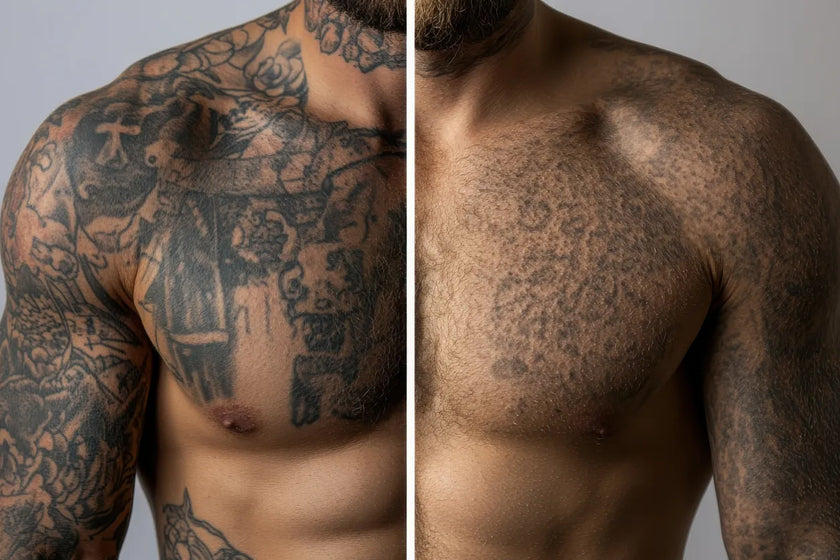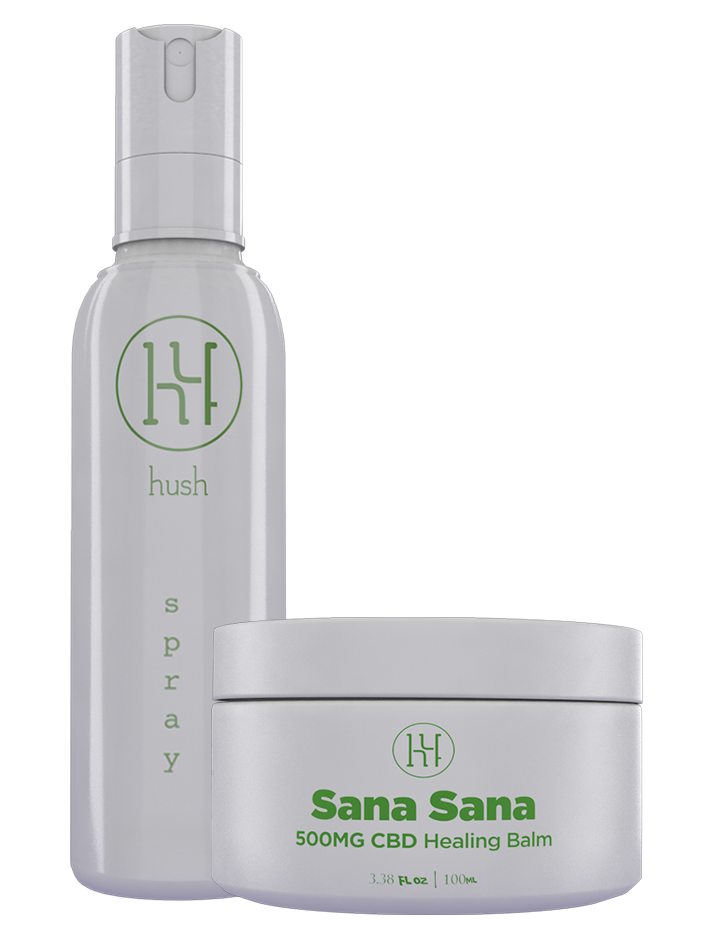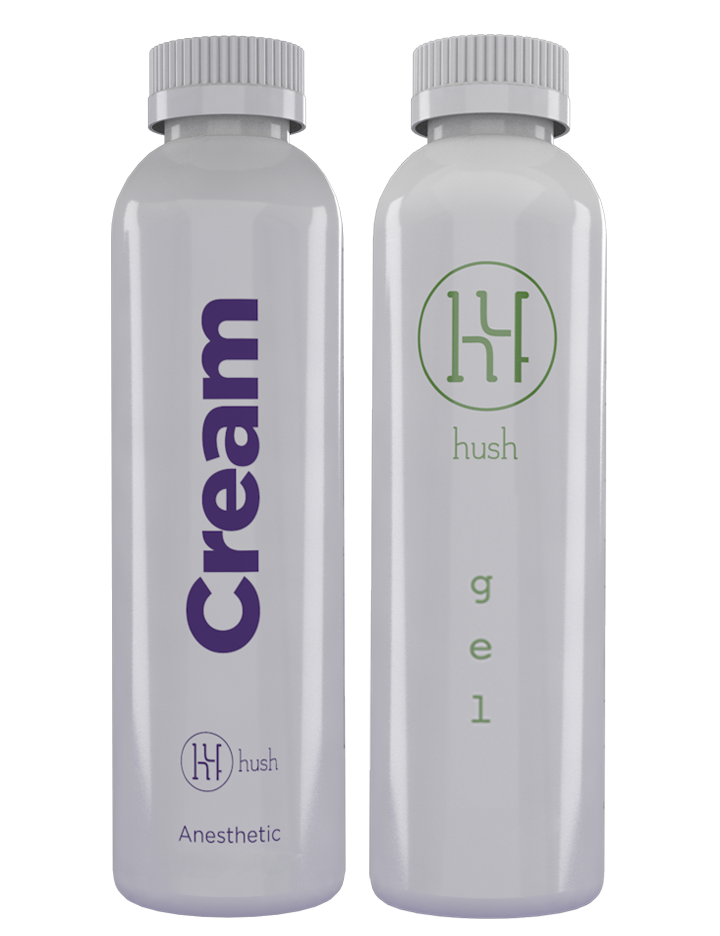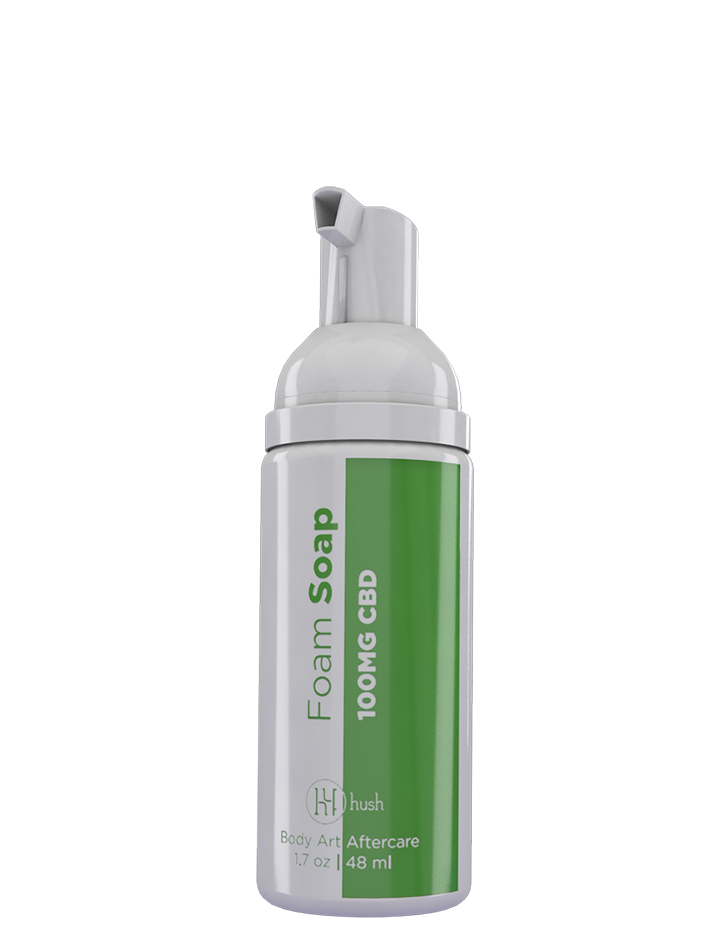Thinking about getting a wrist tattoo but worried about the pain? Wrist tattoos are popular for their visibility and style, but they come with a reputation for being a bit painful. So, do wrist tattoos hurt? The short answer is yes, but how much depends on several factors.
Let’s break down what makes wrist tattoos hurt and how you can handle it like a pro.
Why Do Tattoos Hurt in the First Place?
Before we dive into pain concerns specific to the wrist area, it helps to understand why tattoos hurt at all. Tattooing involves a needle puncturing your skin thousands of times per minute to deposit ink.
Basically, it’s like getting a bunch of tiny, precise pokes in a continuous stream. Since the needle breaks through the surface of your skin (where your nerve endings are), your body reacts with pain signals to let you know something’s going on.
This feels slightly different for everyone. Pain perception is both physical and psychological. Being nervous can intensify the way you experience pain.
Remaining calm can make it easier for your body to cope with pain signals. A little bit of the experience is in your mind. The physical aspect of the experience depends on which part of your body you're getting a tattoo.
Skin Thickness
The skin on your wrist is relatively thin, and thin skin means you’ll feel the needle more intensely. Unlike meatier areas like the thighs or upper arms, the wrist has less padding between the skin and bones. This thin skin can make the needle feel sharper because there is no substantial layer of fat to buffer the sensation.
Nerve Endings Galore
Your wrist is home to a network of nerves, which is why even a small pinch there can make you flinch. When the tattoo needle gets close to those nerve clusters, you may feel tingling, zapping sensations, or even a weird electric buzz. This is normal, but it can make wrist tattoos feel extra intense.
Fun fact: some people describe the electrical buzzing feeling as a tickle. It may not hurt so much as it makes you feel a little antsy and fidgety.
Bone Proximity
Ever bumped your wrist bone on the edge of a table? It really sucks. That’s because there’s very little cushioning between the skin and bone in this area. When the tattoo needle hits close to the bone, you might feel a deeper, more aching type of pain.
Tattoo Size and Design Complexity
The size and detail of your tattoo can also influence how much it hurts. A small, simple design may only take half an hour, while a complex, detailed tattoo can take hours.
The longer the session, the more tired and sensitive your skin will become. If this is your first tattoo, consider going for your smallest idea first. You'll get a better idea of what to expect, and your first medium or large tattoo will be a lot easier.
Tattoo Artist's Technique
Not all tattoo artists are created equal when it comes to pain management. An experienced artist knows how to work while minimizing discomfort. A heavy-handed artist might press harder than necessary, making the experience more painful.
Tattoos shouldn't hurt that bad, and tattoos done with a heavy hand tend to age poorly. Research artists to see whose tattoos age the best, and read reviews from their previous clients about the experience.
Your Pain Tolerance and Mindset
Some people are just more sensitive to pain than others. Your mental state plays a big role, too. If you go into the session feeling calm, well-rested, and ready, you’ll likely handle the pain better. Being nervous or stressed can heighten your pain perception.
Your tattoo artist won't care if you want to zone out to a podcast and meditate through your session. They want you to be comfortable. No need to put on a brave face—prioritize your comfort.
How Do I Prepare for a Wrist Tattoo?

Preparing for a wrist tattoo isn't much different from preparing for a tattoo on any other part of your body. The only thing that differs is where you're going to numb up—we'll talk about that below.
Drink Water and Eat Something Healthy
A full stomach helps keep your blood sugar stable, reducing the chance of feeling dizzy or faint. Your body can burn through refined sugar pretty quickly. Eat something small but wholesome, like a peanut butter sandwich on whole wheat bread. Chase it with a full glass of water.
Avoid Alcohol the Night Before
Alcohol dehydrates you. Dehydration can leave you more sensitive, and in extreme cases, it might even make your dry skin harder to tattoo. Swap your cocktail for a mocktail and get plenty of electrolytes. Hydrated skin can handle a tattoo with ease.
Wear Comfortable Clothes
Make sure your wrist is easily accessible without restrictive clothing. It's not a good day to wear your hoodie. If it's cold outside, an oversized long-sleeve shirt or sweater without wrist cuffs can keep you warm without putting any friction or pressure on your tattoo.
Numb It Up
HUSH tattoo numbing cream can seriously dull the sensation of getting a tattoo. Apply a thick layer of numbing cream to your wrist (pretend you're icing a cake) and wrap your wrist in plastic wrap to keep the cream from transferring.

Leave it on for up to 90 minutes before your tattoo session. When your appointment starts, remove the wrap and wipe away the excess numbing cream. You're good to go, and you'll hardly feel a thing!
Keep Your Cool With HUSH
So, do wrist tattoos hurt? Yes, they can, thanks to thin skin, nerve endings, and proximity to bones. But pain is temporary, and the reward is a beautiful piece of art you’ll cherish forever.
With the right preparation, mindset, and artist, you can handle a wrist tattoo like a champ. It's even easier when you numb up with HUSH before you go. Why feel the pain when you don't need to?
Sources:
Skin: Layers, Structure and Function | Cleveland Clinic
Anatomy of the Skin | Johns Hopkins Medicine
Hand and wrist bones | Mayo Clinic
Pain Tolerance: Differences According to Age, Sex and Race | Psychosomatic Medicine




